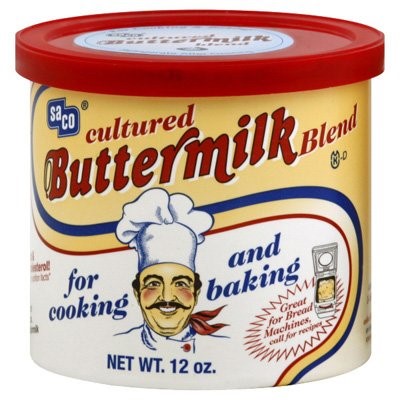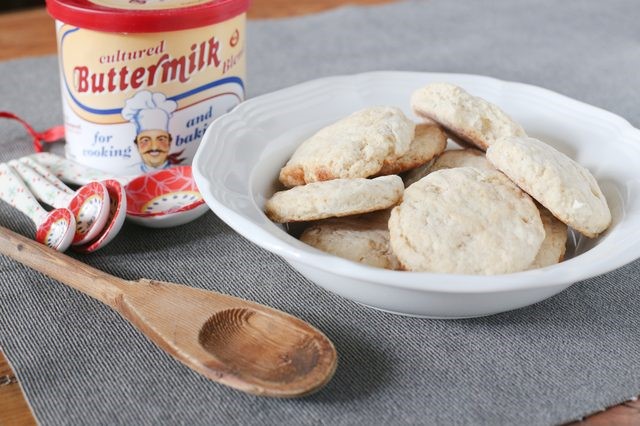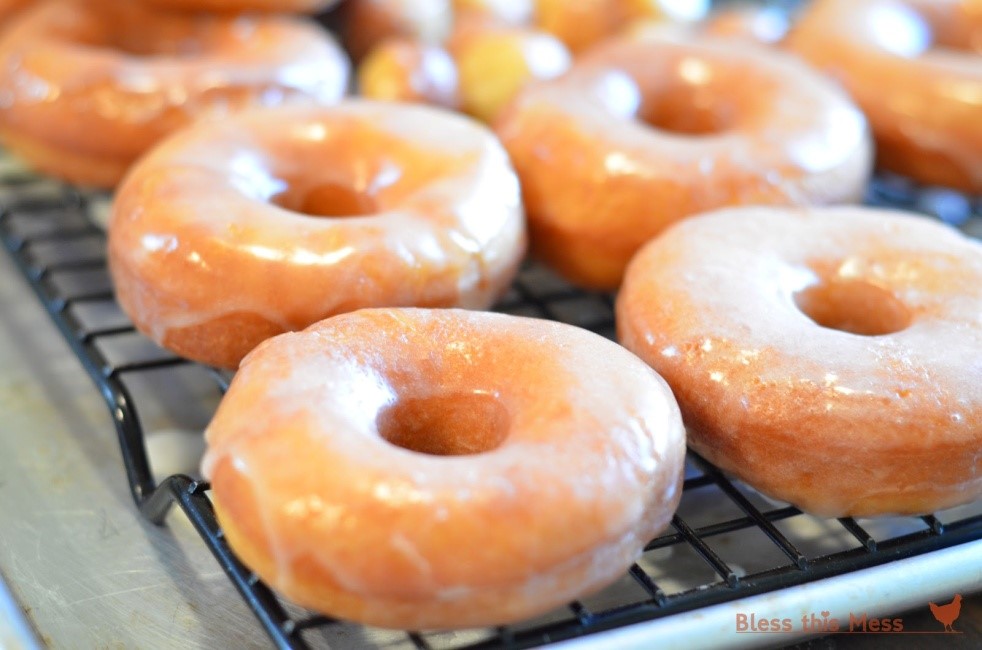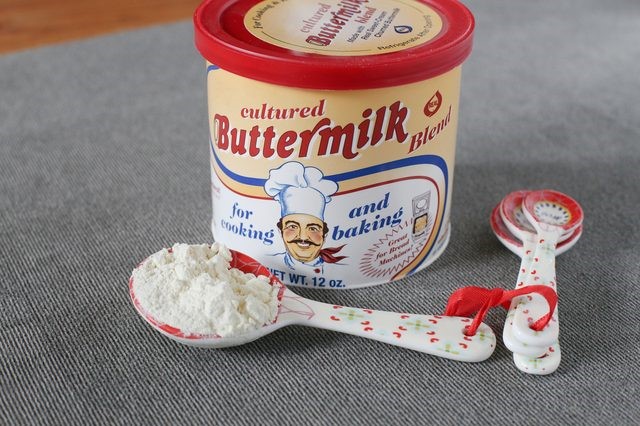Powdered Buttermilk—A Good Cook’s Secret Ingredient
Have you ever used powdered buttermilk? I started using this about a year ago and now I can't go without it. In case you don't know much about this
product, here's a quick tutorial I found on ehow.com. The contributor, Rachel Benson, had this to say:

The buttermilk used to make powdered buttermilk is traditional buttermilk, not cultured buttermilk. This means it is made by dehydrating the leftover product produced from churning butter. Traditional buttermilk is a little less sour -- although still quite acidic -- than cultured buttermilk, and it is much thinner. It also has a creamier taste since it contains some of the richness of butter, although it is naturally low in fat.
Buttermilk powder, when mixed with water, produces a liquid that is much thinner than cultured buttermilk, closer to that of traditional buttermilk. But
while you do end up with a buttermilk, reconstituted buttermilk powder is intended for cooking, not for drinking, as the texture is unpleasant.

Even though it isn't made from cultured buttermilk, which is produced by introducing bacteria to low-fat milk, powdered buttermilk can be used the same way cultured buttermilk is in recipes: It adds flavor, moistness and acts as a leavening agent. Buttermilk powder is most commonly used for baked goods such as biscuits or cakes, but it is also used for sauces and soups. Buttermilk powder will produce the same texture, taste and creaminess in baked goods as cultured buttermilk.
That said, there is a little trick to using powdered buttermilk. You need to mix the powder in with the dry ingredients for baked goods or, if you like, you can reconstitute it first. To reconstitute:
· Add 1/2 cup of water to every 1 tablespoon of buttermilk powder, stirring to fully incorporate the powder.
· Let the mixture sit for a couple of minutes before using.
Besides incorporating it into baked goods, there are other great uses for powdered buttermilk. It makes an excellent seasoning and coating for fried chicken. You just add the dried powder directly to the meat without reconstitution. (By the way, and off subject a smidge: A secret to making the best fried chicken is to let the coated chicken air dry for about an hour before frying it. This does two things. The first is that it gets the chicken up to room temperature, which helps it cook evenly once it's in the oil. The second benefit is that some of the surface moisture evaporates, making the chicken crisp up nicely as it's fried.) Anyway, the powder adds a nice crunch and flavor zip that you don't get when simply dredging your chicken in seasoned flour.
Powdered buttermilk also makes an excellent salad dressing. Just add it to extra virgin olive oil and a creamy ingredient, such as sour cream, and you end up with something very close to a typical ranch dressing.

And I like to sift it into powdered sugar to make a buttermilk-flavored glaze for my homemade doughnuts and cinnamon rolls. I add lots of orange zest to this and the result is divine.
Powdered buttermilk lasts much longer than the liquid, making it ideal for those who need buttermilk only on occasion. Store powdered buttermilk in a sealed bag or air-tight container in a cool, dry location (less than 81°F) for 9 to 12 months. Storing it in humid conditions will cause the powder to cake, and high temperatures will affect the taste of the powder.

You'll find powdered buttermilk in the baking aisle of your grocery store or you can get it from bulk food suppliers. The sparkle this product adds to recipes can't be had any other way; it really is a good cook's secret ingredient!
- www.ehow.com
- www.norecipes.com
- www.dishmaps.com
- www.amazon.com
 Alice Osborne
Alice Osborne
Weekly Newsletter Contributor since 2006
Email the author! alice@dvo.com
